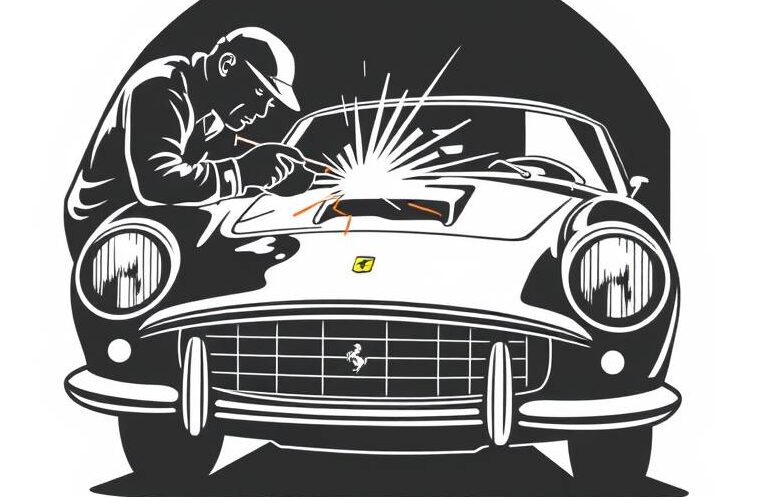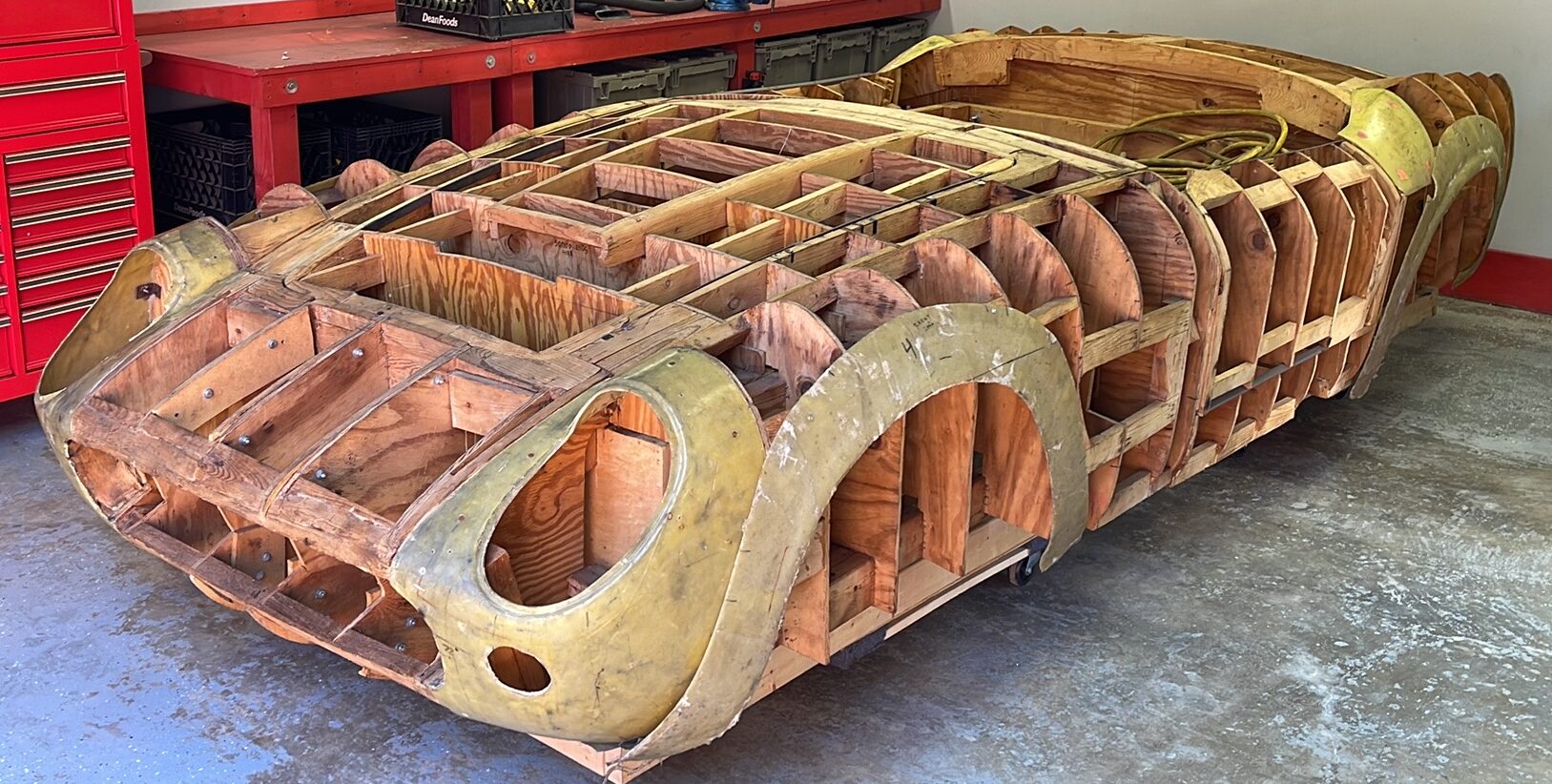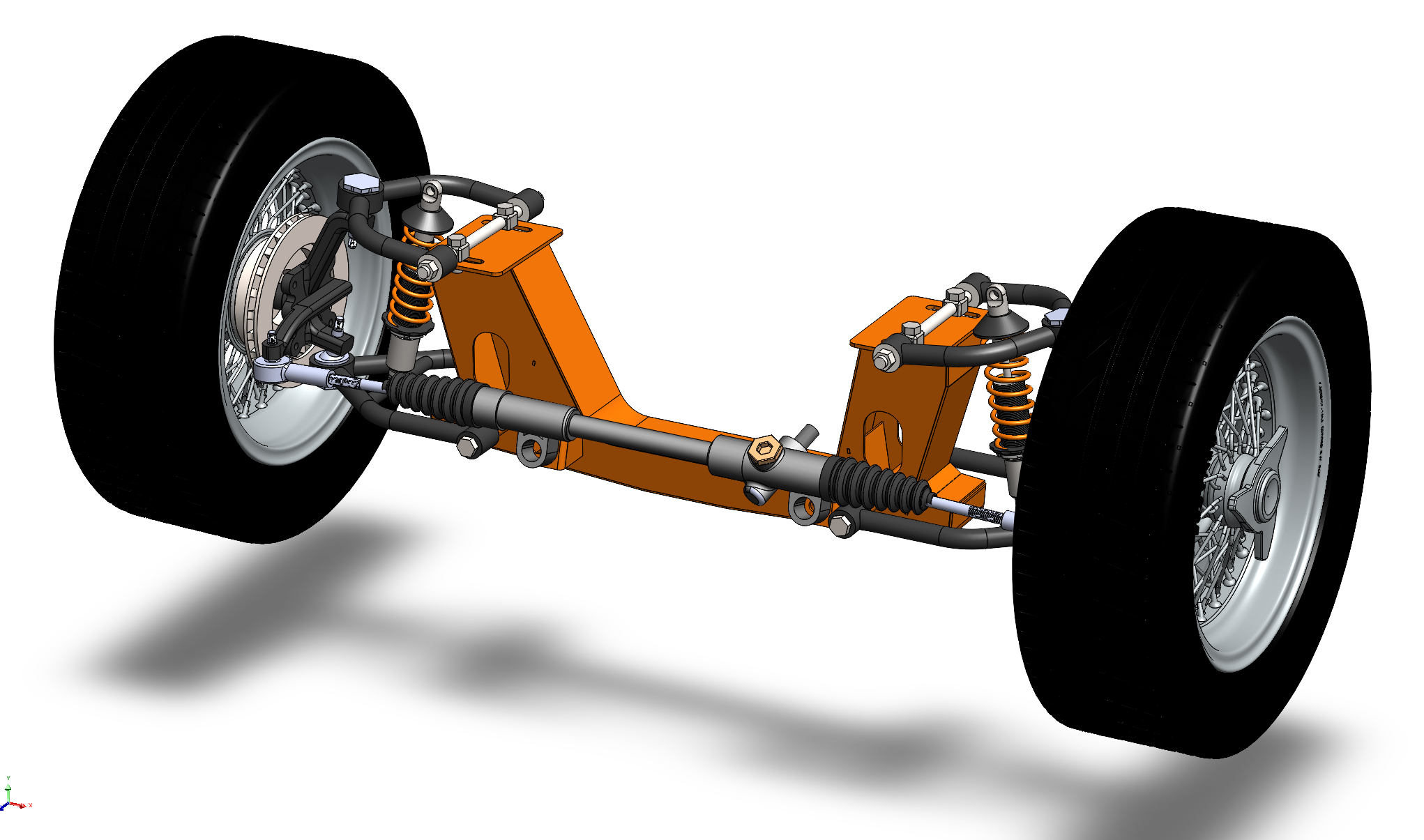Sospensione Anteriore (Front Suspension)
Sospensione anteriore on the 250 GT rolling chassis refers to the independent front suspension assembly of the telaio (frame) which is the heart of the car’s avantreno (front running gear). Across the 250 GT family, the layout is a classic racing-bred formula: unequal-length double wishbones (A-arms), coil springs, hydraulic dampers, and an anti-roll bar, all anchored to a tubular steel chassis with carefully positioned traverse (crossmembers) to keep the frame rigid under load.
The engineering intent was precise wheel control with minimal unsprung mass and predictable camber gain. Shorter upper and longer lower wishbones manage camber through bump and roll, while caster and kingpin inclination build straight-line stability and steering feel. Coil springs carry the main vertical load; telescopic dampers (with competition cars often running firmer valving) control oscillation; and the anti-roll bar trims roll stiffness so the front and rear stay in balance. Road cars typically used compliant rubber bushings for refinement, whereas period competition setups could substitute stiffer bushings or spherical joints for sharper response.
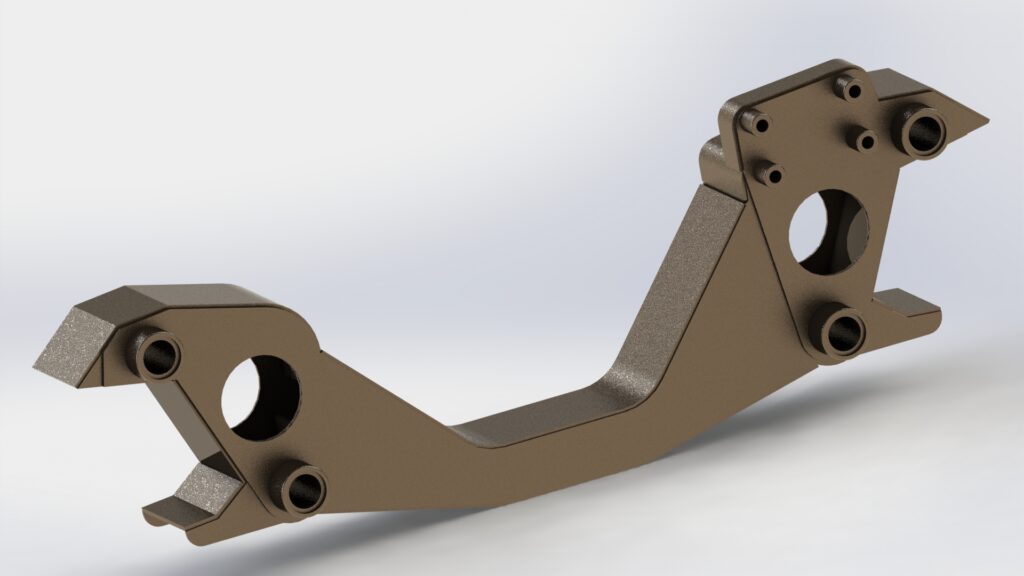
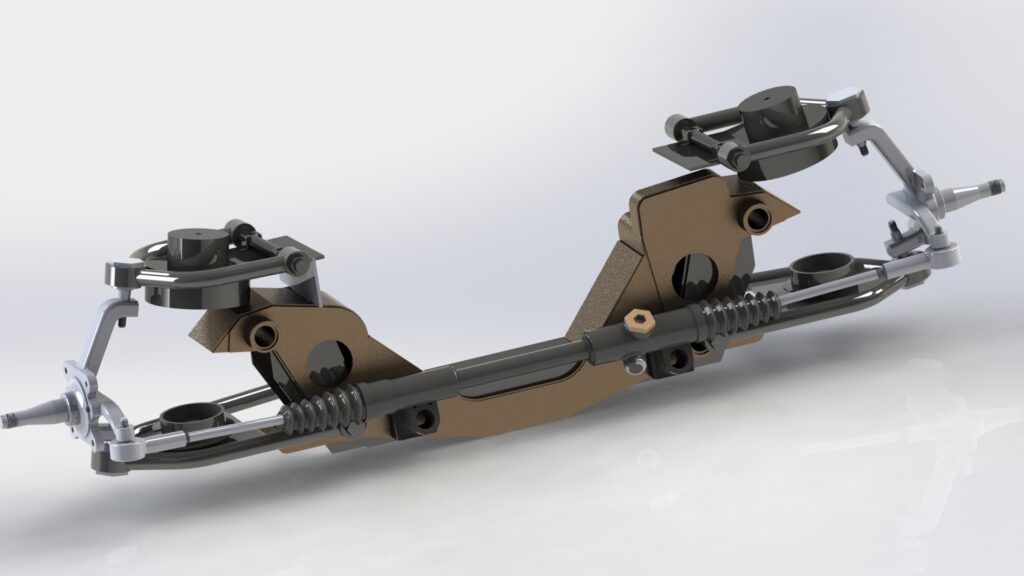
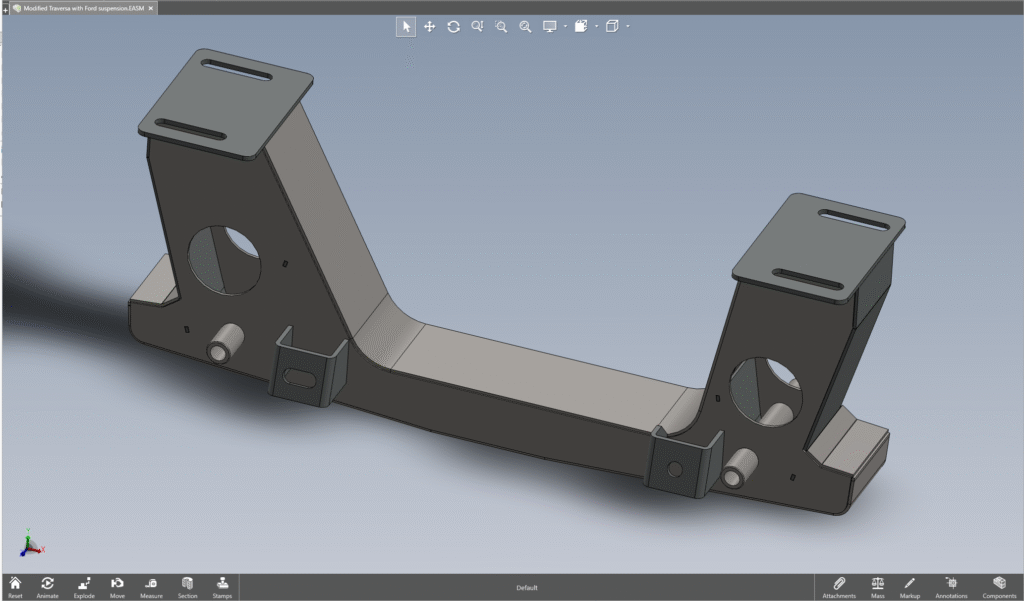
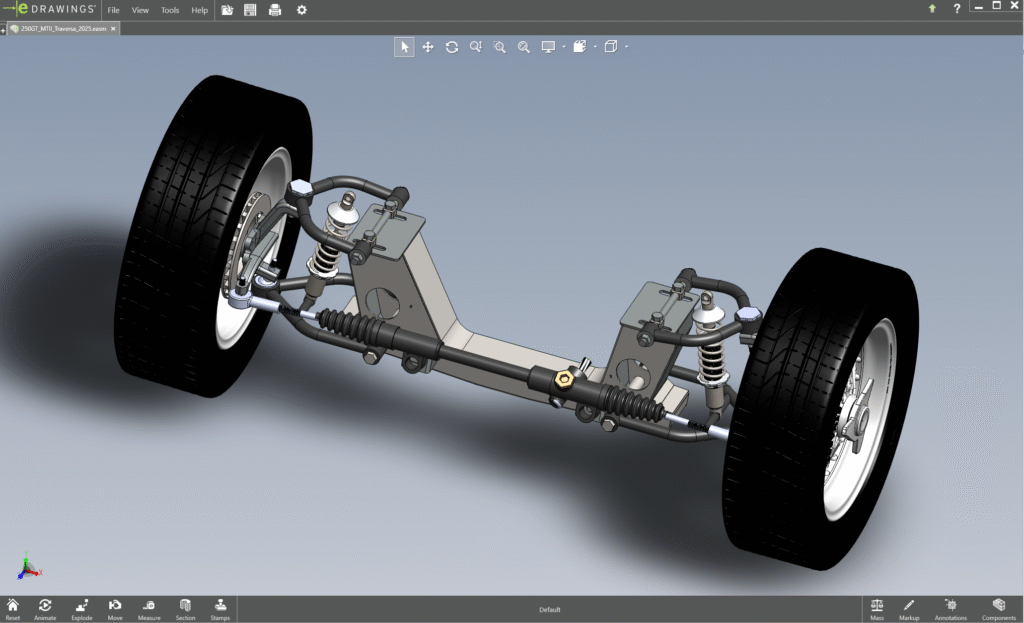

Within the ladder-style tubular frame designed with Gilco principles, the lower wishbone pivots tie into a reinforced front traversa, and the spring/damper loads are fed back into the strongest parts of the rails. On later high-performance variants, small changes in spring rate, bar diameter, and damper tuning sharpened transient response without sacrificing the supple mechanical grip that made the 250 GT so effective on real roads as well as circuits.
Racing validated the design. From the long-wheelbase 250 GT “Tour de France” berlinettas to the 250 GT SWB (passo corto), with refined geometry and chassis bracing to reduce flex and improve turn-in. The shorter wheelbase, additional crossmembers, and evolved front suspension tuning produced a car that was formidable in GT competition—fast, forgiving at the limit, and consistent over long stints on uneven surfaces. Period successes in events like the Tour de France Automobile, Goodwood’s Tourist Trophy, and endurance classics underscored how the front suspension’s mechanical grip and brake-stability translated into lap time and tire longevity.
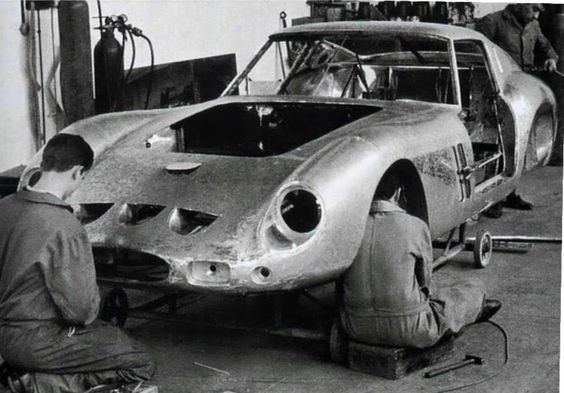
In the workshop, setup was everything. Ride height is established at the control-arm pivots; camber is typically set slightly negative for crisp bite; caster is dialed to taste for self-centering and high-speed stability; and a touch of toe-in helps straight-line serenity. Shims at the upper wishbones allow fine alignment, while corner-weighting ensures symmetry under braking and turn-in. Fresh bushings, correct anti-roll bar drop-link angles, and healthy dampers often restore the signature blend of compliance and control.
Today, restorers and builders still admire the 250 GT’s sospensione anteriore because it marries elegant, serviceable hardware with race-proven geometry. It’s not flashy—just beautifully executed fundamentals that let the V12 do its work while the chassis talks to the driver. That quiet competence is a big part of why the 250 GT remains a benchmark for road-race cars of its era.
